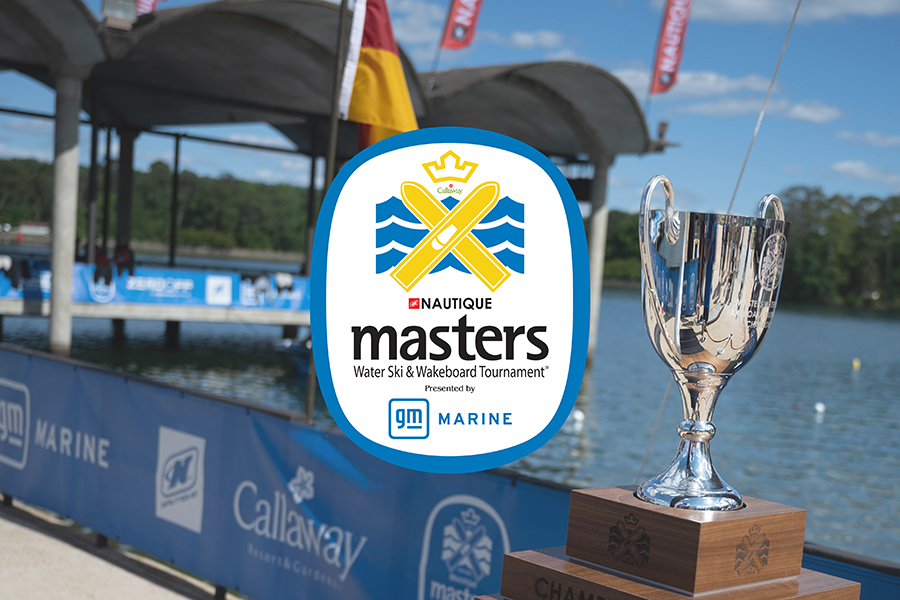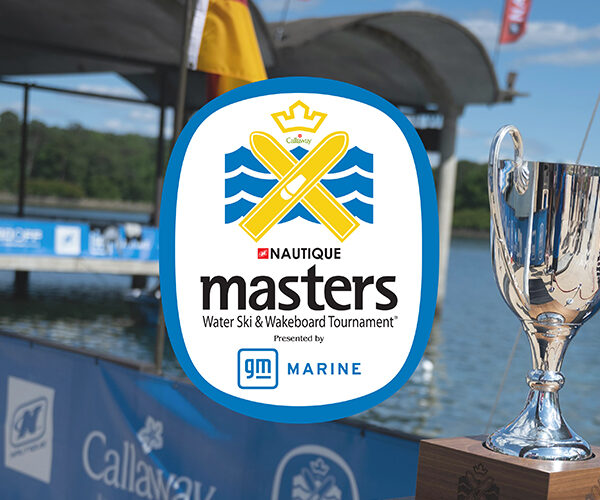Masters revises qualification criteria—A step forward, for some

2025 Masters Water Ski Criteria (image: Masters)
By Jack Burden
There’s been movement in the boardrooms of Correct Craft.
After growing discontent—and at least one shouted critique—the Masters Water Ski & Wakeboard Tournament has announced revised qualification criteria for 2025. It’s not a wholesale reform, but it is a tangible step forward.
The headline tweak? Repeat champions will no longer monopolize invitation slots. If a skier sweeps multiple qualifying events—as Ryan Dodd did in 2023 by winning all four Nautique-sanctioned tournaments—their dominance won’t cost someone else a chance. Now, when an athlete wins more than one qualifying event, the additional invitations cascade down to the next-best finishers. That’s how Will Asher, Matias Gonzalez, and Lauren Morgan—standouts over the last 12 months—have secured their tickets to Callaway Gardens without relying on a frantic last-minute qualifier.
It’s a simple adjustment—but in a system accused of favoring geography over merit, it’s a meaningful one.
And it’s already having an impact. Heading into this weekend’s first Masters Qualifier, half the spots in most professional disciplines are already spoken for. That’s a stark contrast to 2024, when as many as seven of eight invitations in some events were decided during two mid-May weekends in Central Florida. The shift gives deserving pros more breathing room—and a clearer path to one of the sport’s most prestigious stages.
But the momentum stops short.
The new rules do not extend to the Junior Masters, where qualification criteria remain virtually unchanged. The repeat champion clause? Still absent. Junior skiers must continue to rely heavily on results from these two amateur events—both held in Central Florida.
It’s a system that may reward proximity over potential. While professional athletes often live and train year-round in the Sunshine State, juniors typically don’t have that luxury—nor the freedom to miss multiple weeks of school in pursuit of a qualification score.
The result? A field that increasingly resembles a Florida state championship with a glossy title.
Imagine telling a 15-year-old phenom from Chile or France that their shot at one of the sport’s biggest youth stages depends not just on talent, but on whether their parents can bankroll a multi-week Florida tour during exam season. That’s not a qualification system—it’s a filter for privilege.
There are viable solutions. For juniors, allocating some of the invitations based on the amateur performance ranking list seems a logical fit for an amateur event. As we’ve discussed in the past, the Waterski Pro Tour standings could help shape qualification for professionals as well.
Let’s be clear: Nautique and the Masters deserve credit. The 2025 update is an overdue acknowledgment that the pandemic-era system was flawed—and that the sport’s top talent deserves better. The new rules are already producing fairer outcomes.
But they also send a second message: the old system wasn’t working.
So why stop halfway?
The Masters has always been more than just a tournament. It’s a gathering of champions, steeped in history—a flagship for the sport. But if it hopes to maintain that status in a globalized, post-pandemic era, the path to Robin Lake must be one the entire world can realistically reach.

